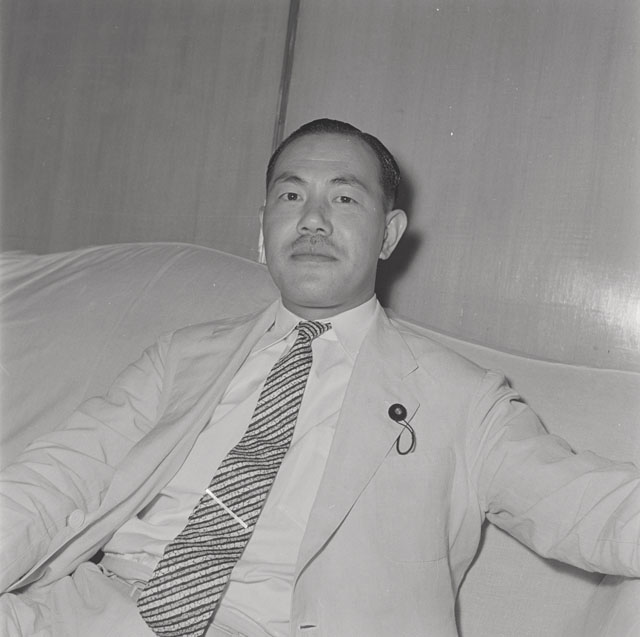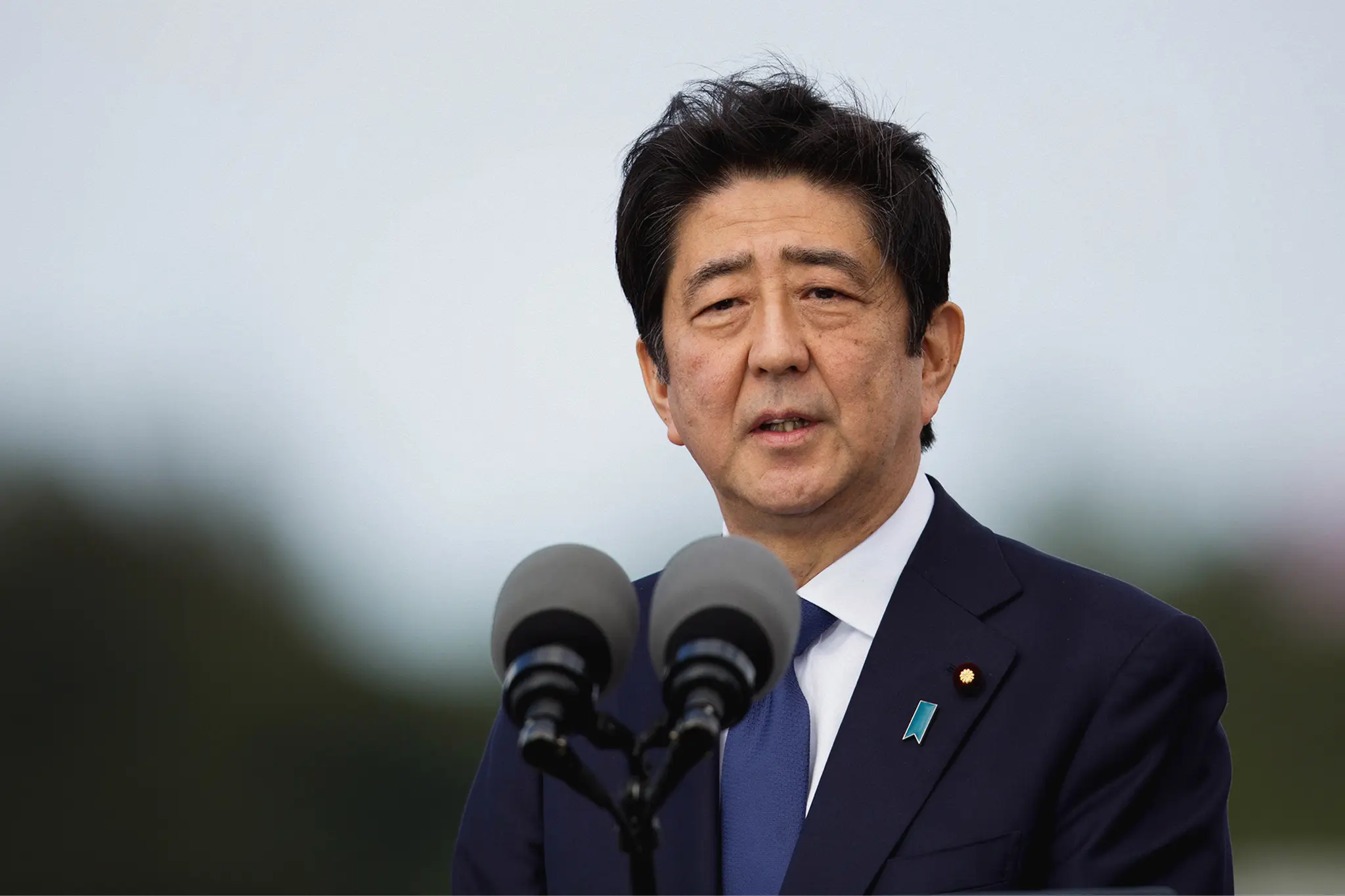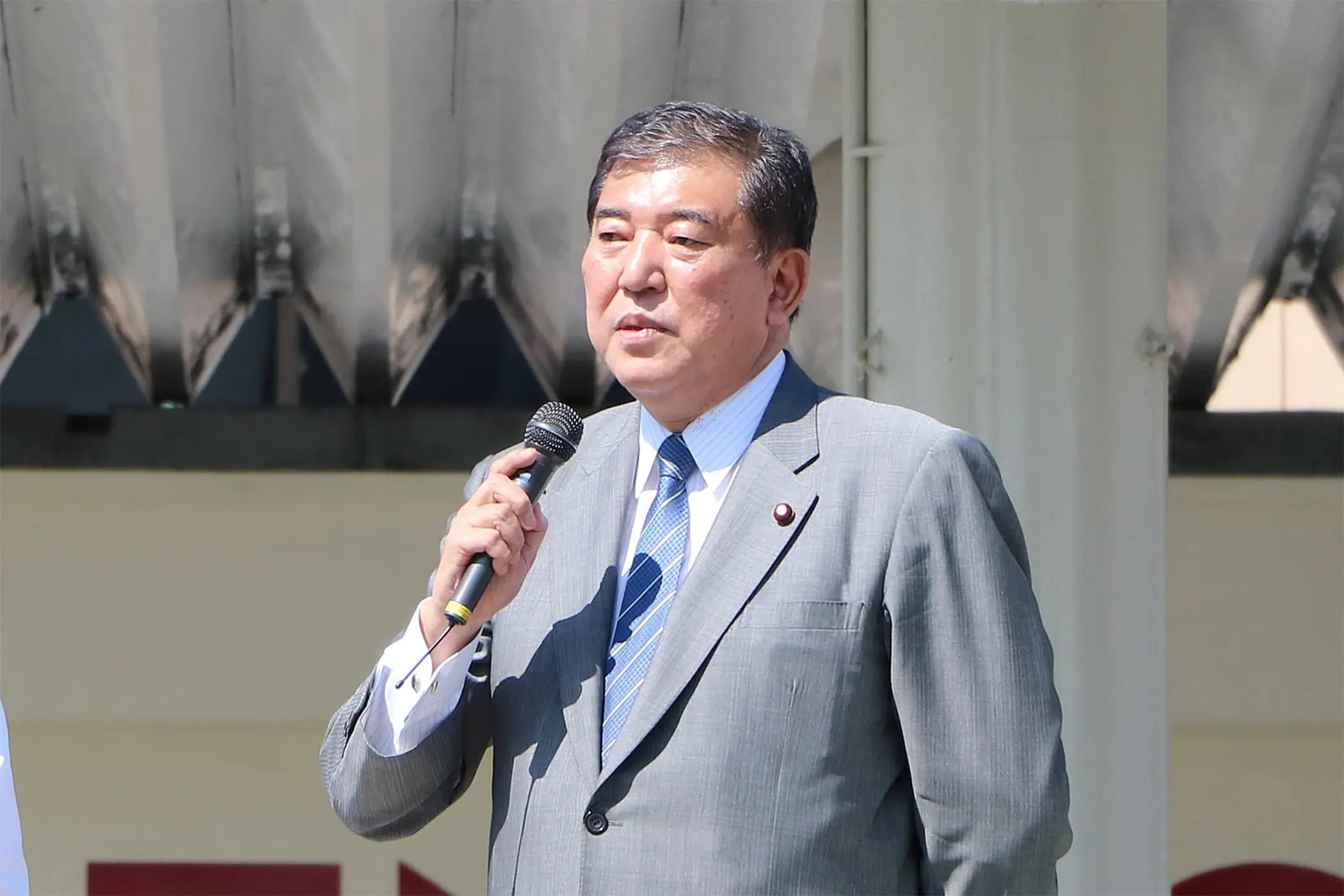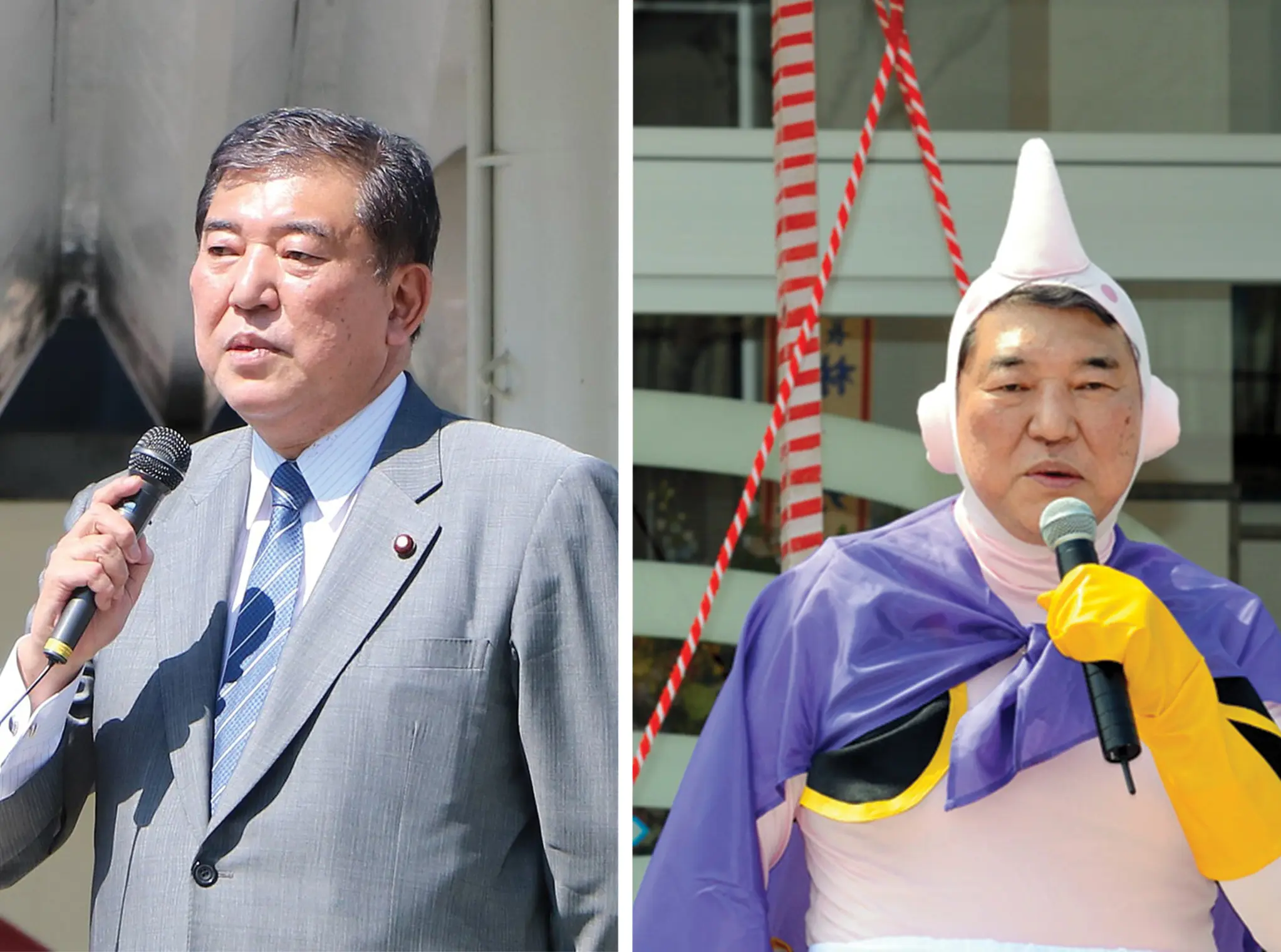Shigeru Ishiba last week won the race to be the new Liberal Democratic Party (LDP) leader, defeating Sanae Takaichi following a runoff. As he is formally being voted in as prime minister in an extraordinary Diet session today, we thought we’d find out a little bit more about the outspoken, plastic model-loving former defense minister.
10 Facts About Shigeru Ishiba
1. Ishiba’s father was Tottori’s governor
Shigeru Ishiba was born in Tokyo on February 4, 1957. When he was just 1, his family moved to Tottori — Japan’s least populated prefecture — as his father, Jiro, was elected governor there. Taking up the role in 1958, he served as governor in his home prefecture until 1974 before becoming a member of the House of Councillors. In 1981, Jiro Ishiba died of pancreatic cancer. His friend, Kakuei Tanaka, arranged his funeral.

2. A former prime minister convinced Ishiba to become a politician
Following the funeral, Tanaka, who served as Japan’s prime minister between 1972 and 1974 and was later arrested due to the Lockheed scandal, advised his friend’s son to follow in his father’s footsteps and become a politician. Ishiba, who was working at Mitsui Bank (now Sumitomo Mitsui Banking Corp.), took some time to mull things over. He eventually quit his job in 1983 and joined the Thursday Club, Tanaka’s faction of the LDP.
3. Yoshiko turned down his first proposal
1983 was a big year for Ishiba. As well as quitting his job at the bank to become a politician, he also tied the knot. He met his future wife, Yoshiko, on the Mita campus of Keio University, where they both studied. After graduating with a degree in law in 1979, Ishiba asked Yoshiko to marry him. She said no. Not one to give up, Ishiba persisted, and a few years later, she finally said yes.
4. He visited tens of thousands of households during his first election campaign
Ishiba ran as an LDP candidate for the first time in the Tottori at-large district in the Lower House election in July 1986. He said he visited 54,000 households while campaigning. The strategy worked, as he received 56,534 votes, enough to get him elected. “The number of hands you shake is the number of votes you get,” he regularly tells junior LDP members. At 29, Ishiba became the youngest member of the House.

Shinzo Abe | Anthony Quintano
5. Shinzo Abe defeated Ishiba in two LDP leadership elections
Ishiba left the LDP to join the Japan Renewal Party in 1993, before returning in 1997. After stepping down as defense minister, he ran in the LDP leadership election for the first time in 2008, placing fifth as Taro Aso became PM. Ishiba then lost to Shinzo Abe in the 2012 and 2018 elections. He ran for a fourth time in 2020, but finished third behind Fumio Kishida and the winner, Yoshihide Suga. He finally succeeded in 2024.
6. Though popular with the public, Ishiba is said to have many enemies within the party
In an address to LDP lawmakers last Friday, Ishiba said: “I have undoubtedly hurt many people’s feelings, caused unpleasant experiences, and made many suffer. I sincerely apologize for all of my shortcomings.” An outspoken critic of the party and its past leaders, including Kishida and Abe, Ishiba is distrusted by many within the LDP. Some still see him as a traitor for abandoning a sinking ship in 1993 and for telling Aso to step aside in 2008.
7. He supports separate spousal names and is in favor of allowing female emperors
“I really don’t see a reason not to do it,” was Ishiba’s response when asked whether Japan should repeal the law that requires married couples here to have the same surname. Regarding same-sex marriage, he was one of only two of the nine presidential candidates to reply to a survey asking whether it should be legalized. He chose “others,” stating that “further understanding among Japanese people is needed.” He’s currently in favor of allowing female emperors, though has flip-flopped on the issue.

8. Ishiba’s proposal of an Asian NATO has been described as ‘unrealistic’
In a recent commentary article contributed to the Hudson Institute, Ishiba spoke about the United States and Japan’s unequal relationship, stating that the time is ripe to change the “asymmetrical bilateral treaty” between the two nations. He also reiterated his belief that “the creation of an Asian version of NATO is essential to deter China by its Western allies.” Jeffrey Hornung, Japan lead for the RAND National Security Research Division, described the proposal as “unrealistic.”
9. His favorite pastime is making plastic models of fighter jets and military vessels
Ishiba is known as a gunji otaku (military geek) due to his extensive knowledge of the armed forces and the fact that he likes to relax by building plastic models of warplanes and ships. In a past TV interview, he described the hobby as like “bringing a dream to reality.” He once stayed up all night assembling a miniature version of the aircraft carrier Admiral Kuznetsov to present to the Russian defense minister.

10. He’s also a train otaku and a big fan of the 1970s pop group Candies
Ishiba loves trains and claims he’s taken the sleeper train between Tokyo and Tottori more than 1,000 times. He supposedly reads three books a day, citing Natsume Soseki and Mori Ogai as two of his favorite authors. He’s a big fan of curry and is the head of an intraparty ramen organization. Candies, who had eight top 10 hits in the 1970s, are his favorite pop group. He regularly sings their songs at karaoke and has memorized their lyrics.









